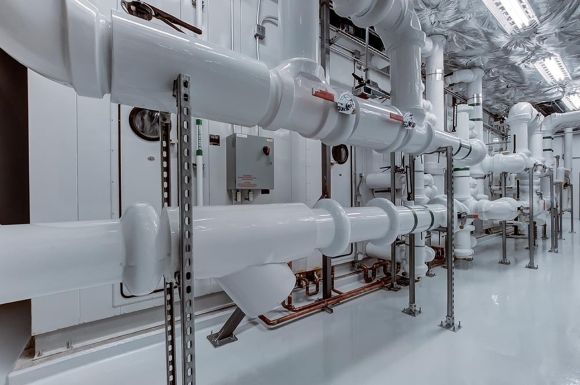When it comes to plumbing, there are a lot of regulations and standards that need to be followed to ensure safety and functionality. Plumbing codes are put in place to protect public health and welfare by setting guidelines for the design, installation, and maintenance of plumbing systems. However, these codes can vary depending on whether they are local or national. In this article, we will explore the key differences between local and national plumbing codes.
Understanding Local Plumbing Codes
Local plumbing codes are regulations that are specific to a particular city, county, or state. These codes are created and enforced by local authorities, such as building departments or health departments. The purpose of local plumbing codes is to address the unique needs and conditions of a specific area.
One of the main differences between local and national plumbing codes is the level of detail. Local codes tend to be more specific and detailed compared to national codes. This is because local authorities have a better understanding of the local environment, climate, and infrastructure, and can tailor the codes accordingly.
Another key difference is the process of adopting and updating the codes. Local plumbing codes are typically adopted through a local legislative process, which involves public hearings and input from stakeholders. This allows for a more democratic and localized approach to creating regulations that meet the needs of the community.
National Plumbing Codes: A Broad Perspective
National plumbing codes, on the other hand, provide a broader perspective on plumbing standards and regulations. These codes are developed by national organizations, such as the International Plumbing Code (IPC) or the National Plumbing Code of Canada (NPC). They serve as a baseline for plumbing regulations that can be adopted by local jurisdictions.
National plumbing codes are often used as a reference point by local authorities when creating their own codes. They provide a standardized set of guidelines that ensure consistency and uniformity across different regions. However, local authorities have the flexibility to modify and adapt these codes based on their specific needs and circumstances.
Benefits and Challenges of Local and National Codes
Both local and national plumbing codes have their own benefits and challenges. Local codes offer a more tailored approach to plumbing regulations, taking into account local conditions and needs. This can result in more effective and efficient plumbing systems that are designed to withstand specific environmental and infrastructure challenges.
On the other hand, national codes provide a level of consistency and uniformity that can be beneficial for manufacturers, contractors, and homeowners who operate across different regions. National codes also allow for the sharing of best practices and innovations in plumbing technology, ensuring that the industry as a whole keeps up with advancements.
Conclusion: Finding the Balance
In conclusion, the difference between local and national plumbing codes lies in the level of detail, the process of adoption, and the perspective they provide. While local codes offer a tailored approach to plumbing regulations, national codes provide consistency and uniformity across different regions.
Finding the right balance between local and national codes is crucial to ensure safe and efficient plumbing systems. It requires collaboration and communication between local authorities, national organizations, and industry professionals. By working together, we can create plumbing codes that protect public health and welfare while also promoting innovation and progress in the plumbing industry.



